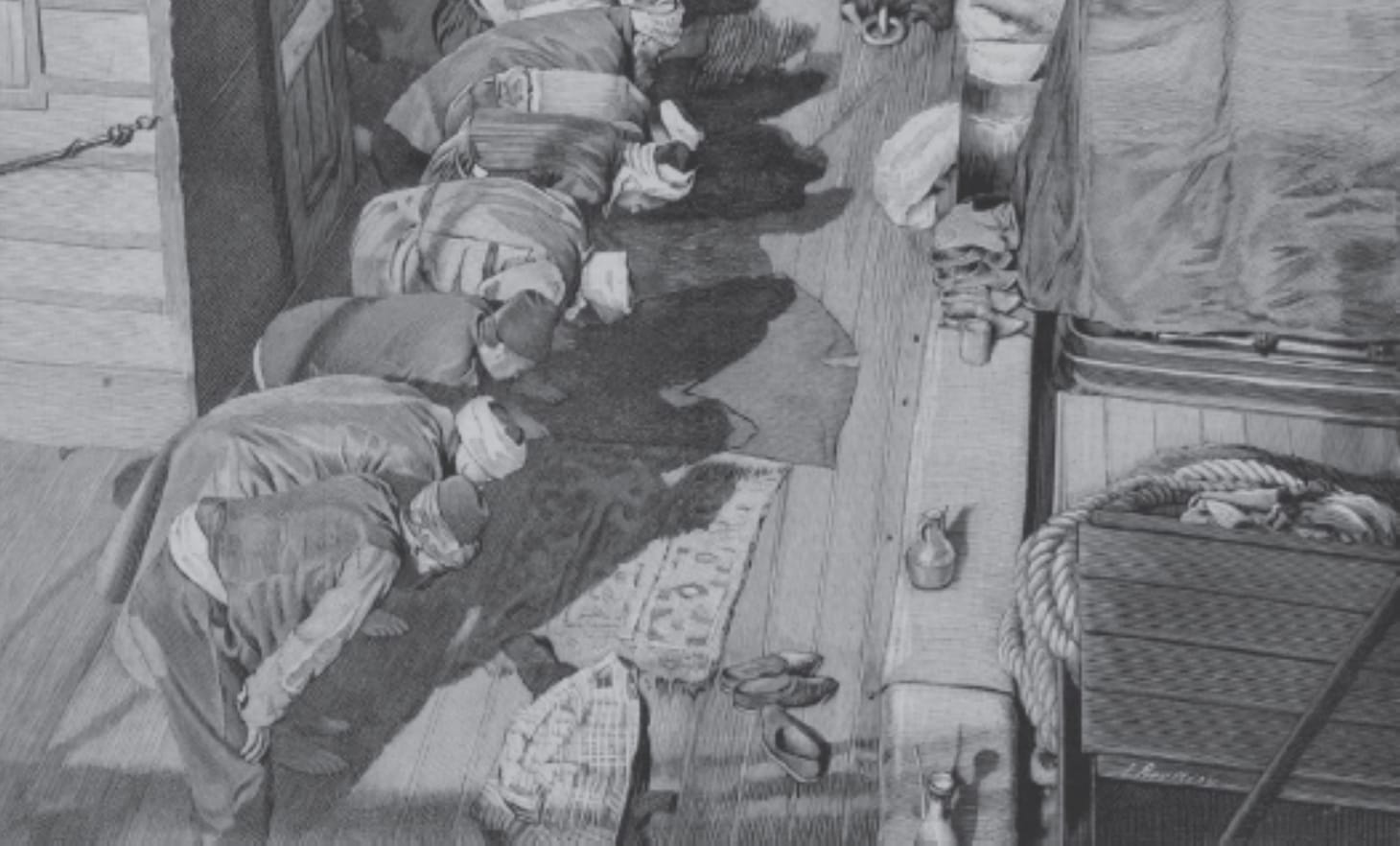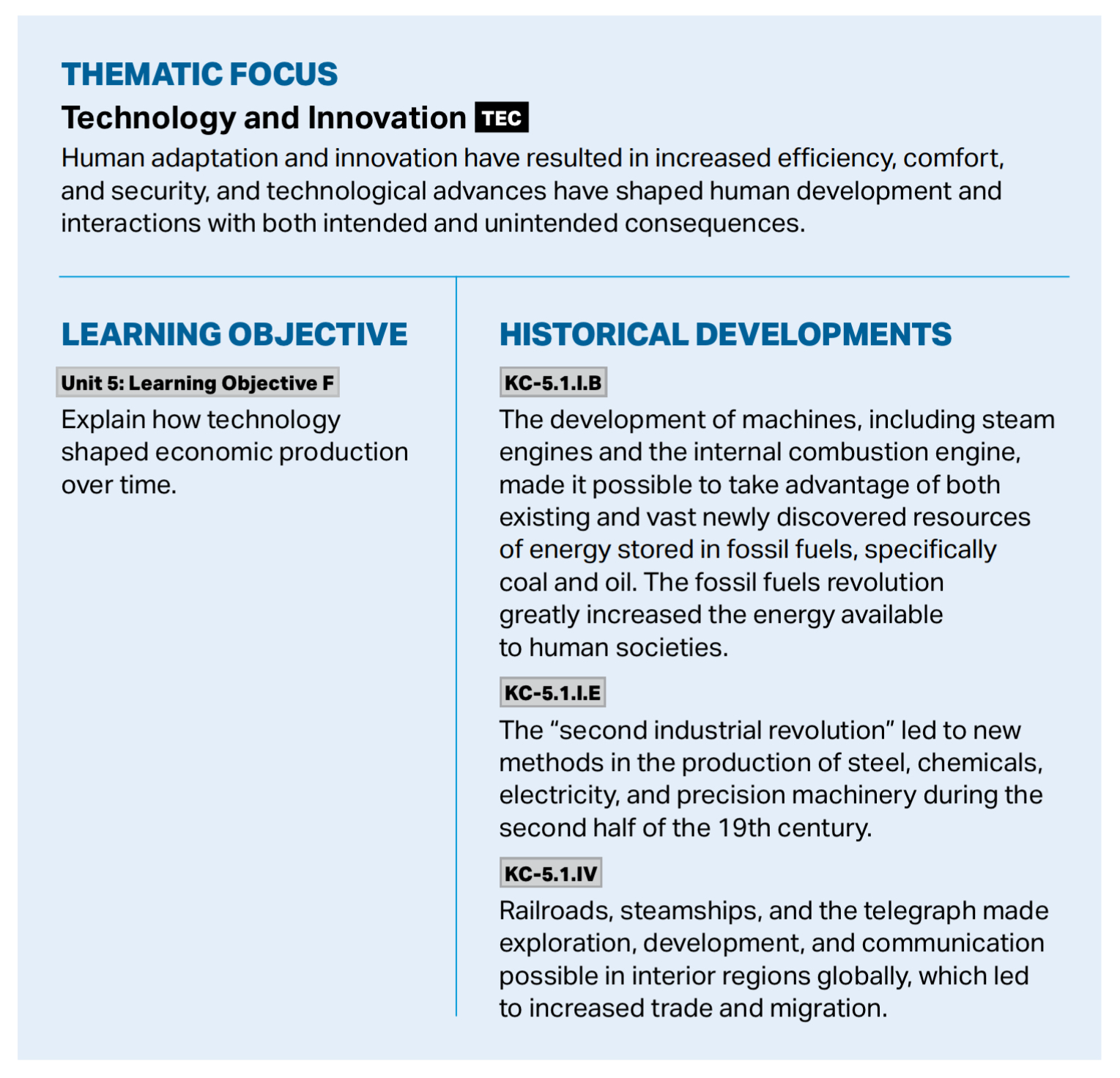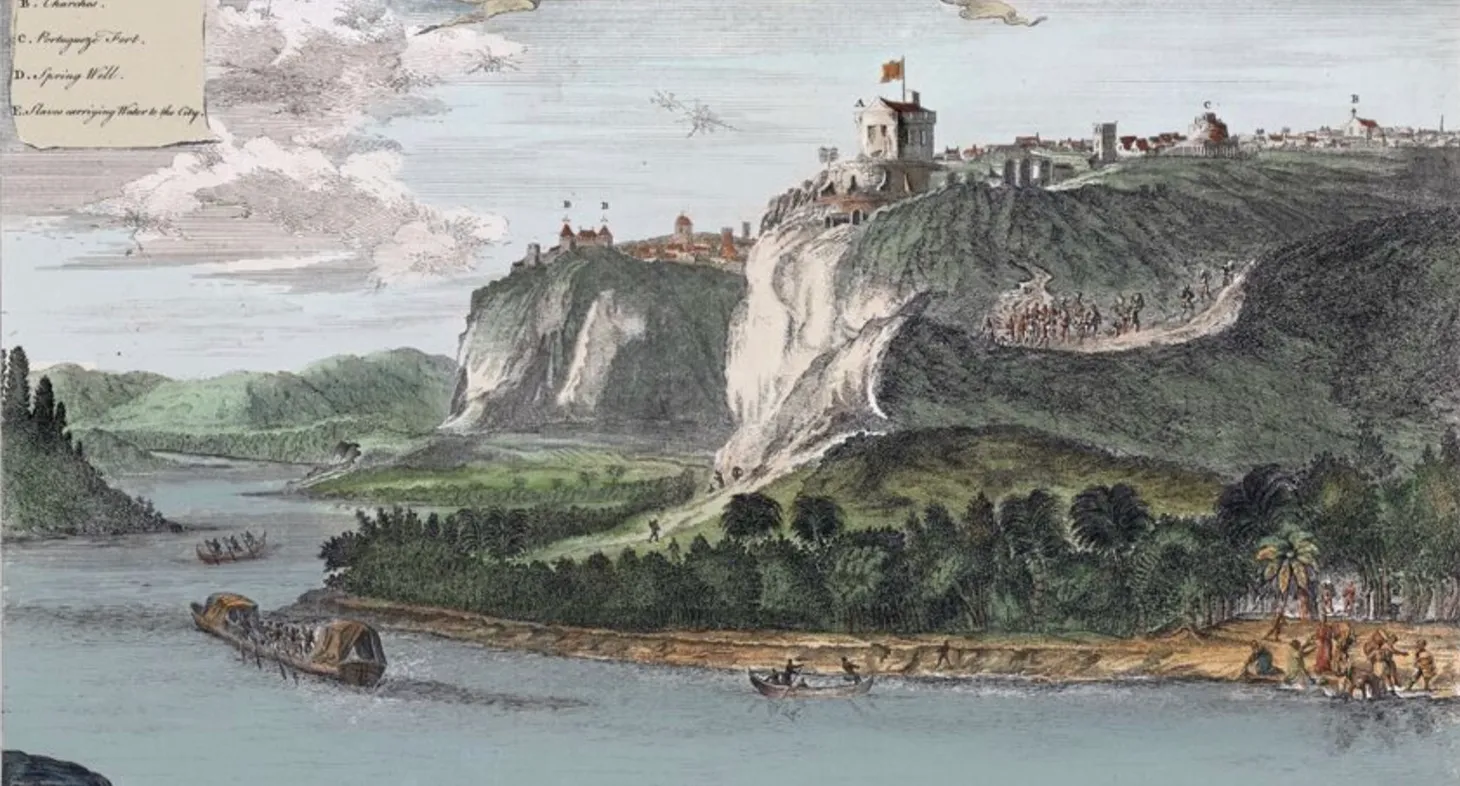Steamships and the Hajj
Discussion of teaching the effects of steamships on Islam


During the second half of the nineteenth century, the development of railroads, steamships, and telegraphs made the world feel “smaller.” Travel was easier and faster. Global communications that used to take weeks or months took hours or days. We often teach these changes as part of the Second Industrial Revolution and focus on Western European examples, but how did these changes affect people across the Indian Ocean?
The Source
This Content is for Subscribers on the Buy Me Lunch and Buy Me Dinner tiers
SubscribeAlready have an account? Log in



